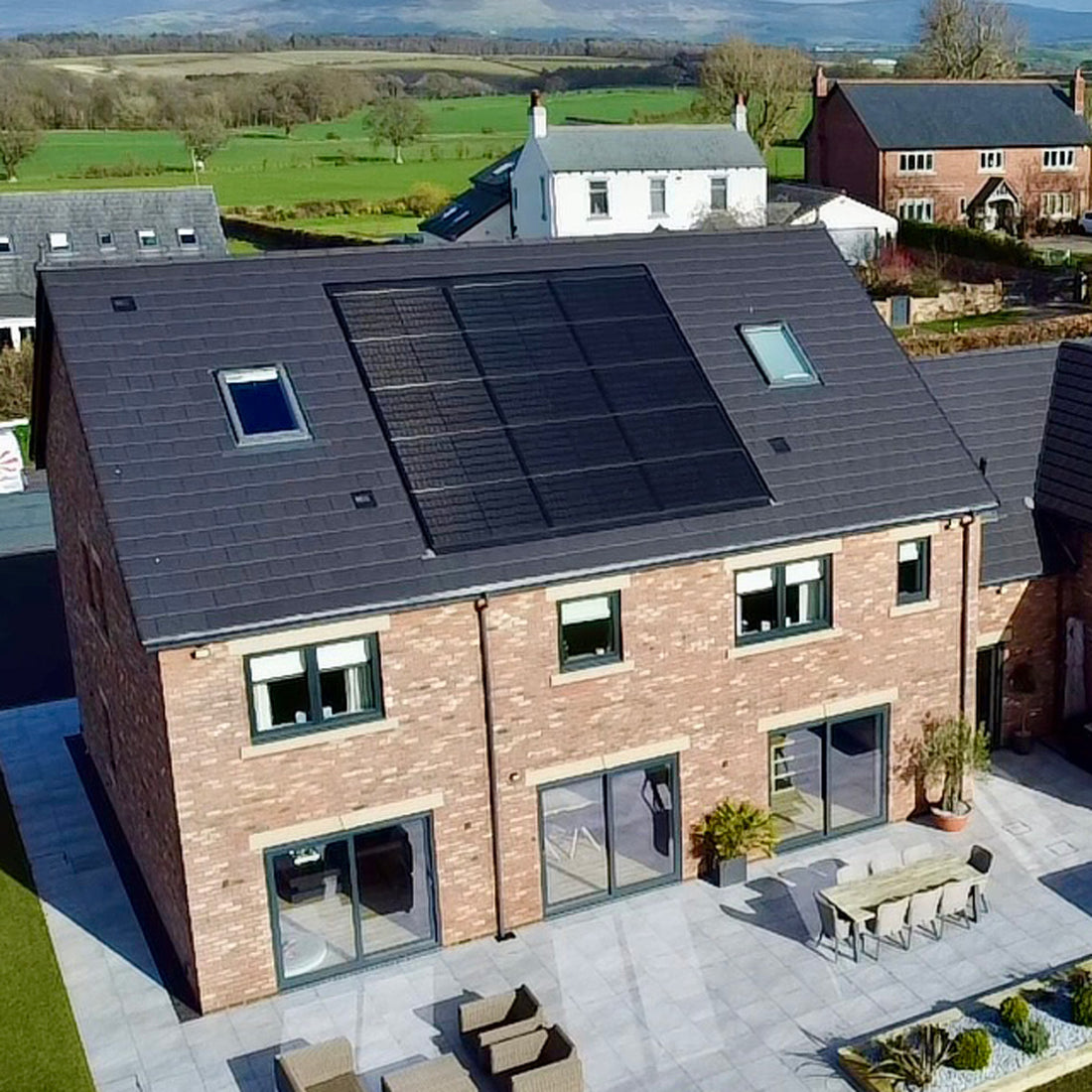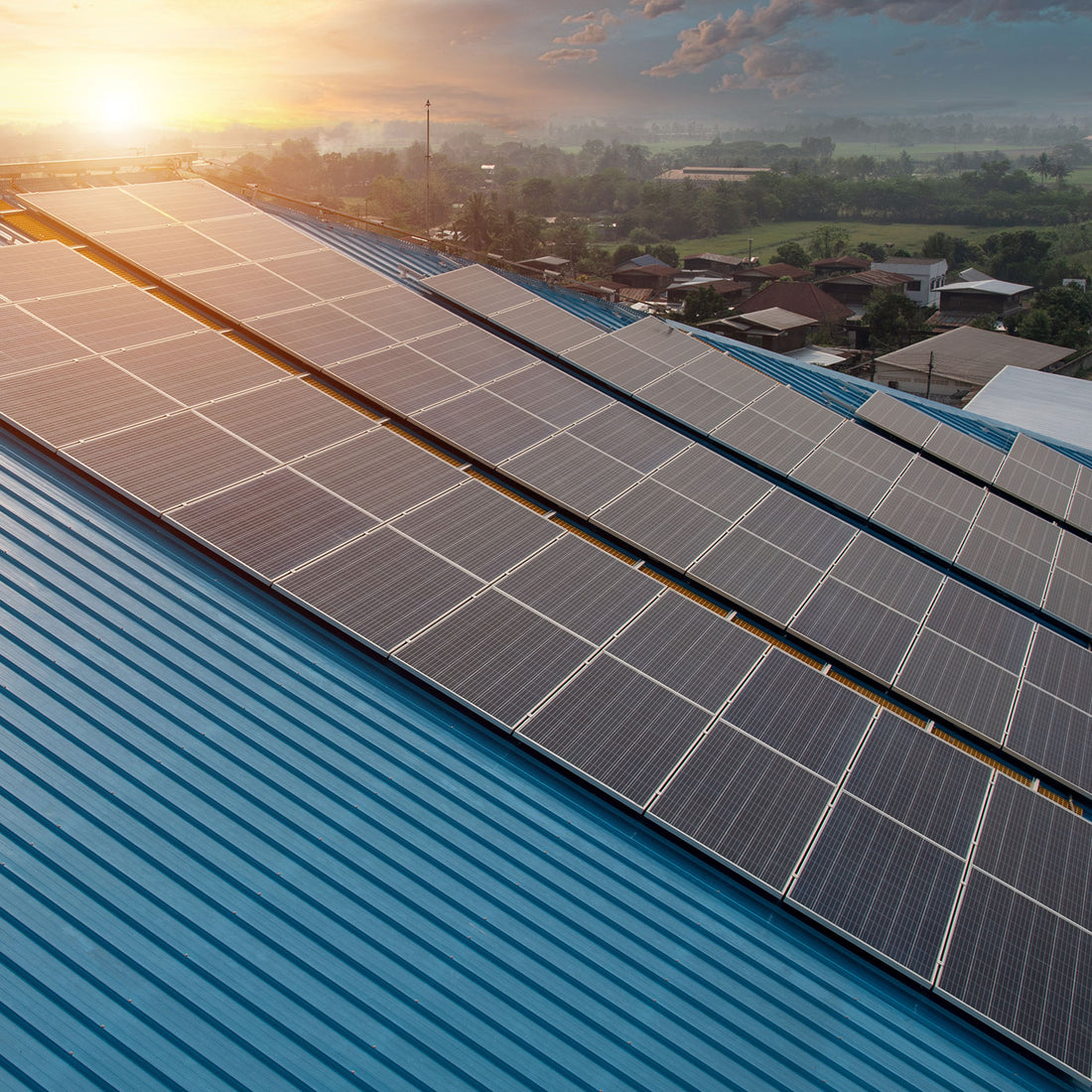Yes, solar panels lose efficiency and power output over time, a process known as the ‘rate of degradation.
There are two main types of solar panel degradation: Potential Induced Degradation (PID) and Light and elevated Temperature Induced Degradation (LeTID).
What is potential induced degradation (PID)?
PID develops internally in solar modules, causing crystalline PV modules to deteriorate and affecting performance.
What causes PID?
It occurs due to a voltage difference between the panel’s conductive materials (like the frame or grounding) and the PV cells, leading to current leakage and disrupted electron flow.
Can PID be reversed?
To mitigate PID, manufacturers use anti-PID materials, PID-resistant technologies or enhanced encapsulants. Proper system design and monitoring also help prevent or reduce its effects.
What is light and elevated temperature induced degradation (LeTID)?
LeTID results from light exposure and high temperatures, affecting monocrystalline panels and causing power losses of up to 10% or more.
What causes LeTID?
LeTID can take years to develop and usually happens in sunnier and warmer climates. It is caused by defects or impurities in the silicon material of solar panels. These issues are triggered when the panels are exposed to high temperatures and sunlight over time, leading to a gradual loss of efficiency.
Can LeTID be reversed?
Manufacturers combat LeTID by optimising cell production, refining hydrogenation steps and using advanced materials or coatings. Panels designed to resist LeTID ensure better long-term performance, especially in hot climates. Regular monitoring can also help safeguard solar system efficiency once installed.










